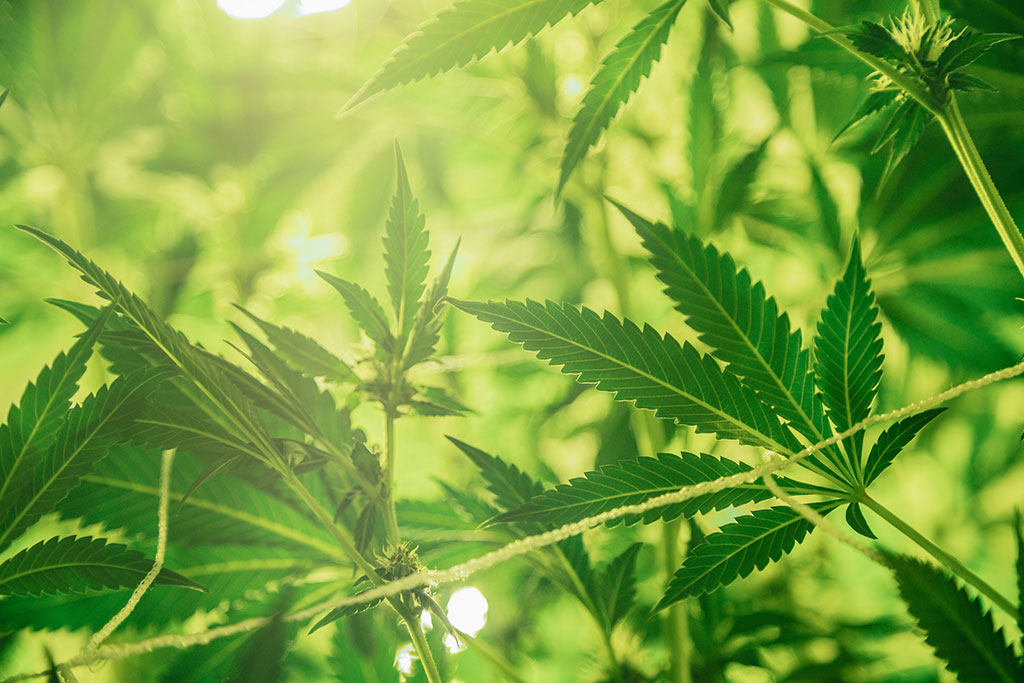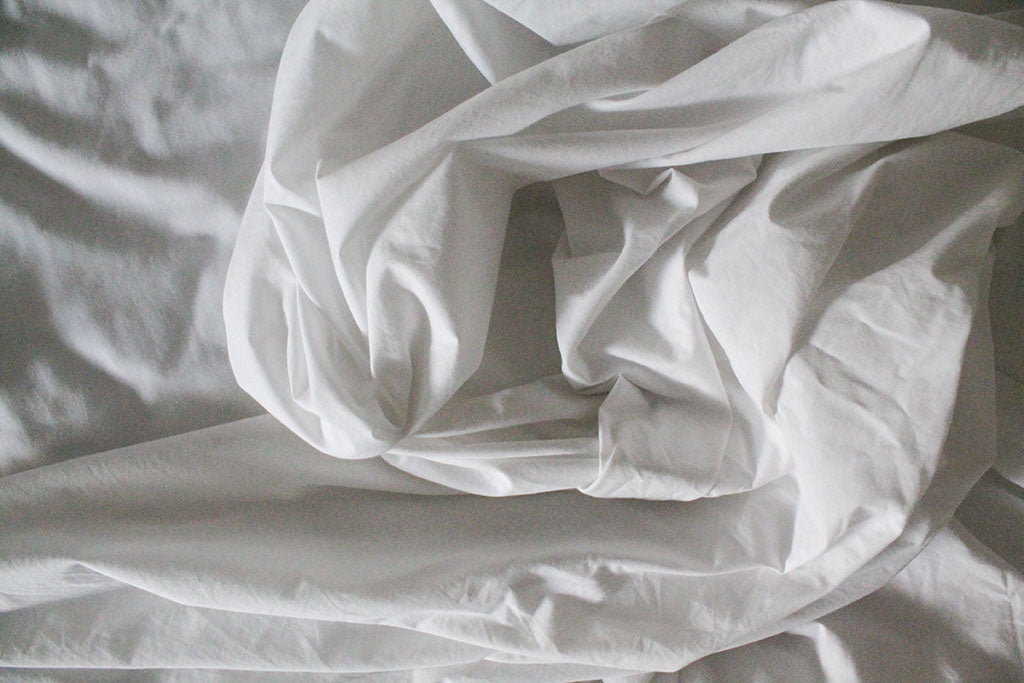We’ve made some remarkable discoveries in recent years that relate to everyday living. Among them are some eye-opening revelations about things we’ve taken for granted for several generations.
This article talks about one of those revelations: That it’s possible to be allergic to bed sheets.
If you experience blocked nasal passages, sneezing, or coughing in bed at night, you may be having an allergic reaction to your bedsheets. At least, they may not be helping. Let’s look at what these allergies look like, what causes them, and some options for alleviating them.

Allergic Reaction to Bed Sheets Explained
It’s well known that some people are susceptible to allergies. The main causes of allergic reactions from bed sheets are dust mites and mold, which live in almost every bed.
Dust mites in particular are just a fact of life, living off discarded skin cells, which form common house dust. They also tend to multiply quite efficiently.
Luckily, modern technology and production processes offer us some help. We can mitigate the mites and mold with certain materials and production technologies used in the manufacturing of hypoallergenic bedding.
What Are Hypoallergenic Sheets?
Basically, the tight-weave structures of these bedding options restrict the mites’ ability to exist and reproduce effectively. Organic cotton, hemp, bamboo, and other microfibres are the main materials associated with this process.

The Best Sheets for Allergies
Cotton and hemp sheets are excellent options for your hypoallergenic bedding stocks. And at Delilah Home with our 100% organic fabrics you'll also have the added bonus of avoiding dangerous toxins and chemicals in your bedding.
Organic Cotton Sheets
These are among the best hypoallergenic sheets available for a number of reasons. Besides being light to the touch and very comfortable, organic cotton sheets are somewhat immune to moisture buildup - they are “breathable”. Allergens like mold and mites thrive in damp conditions, so this is an immediate counter to that.
Something to keep in mind: not all cotton sheets are made equal. While they are all good, check the labels for whether they are short-, long- or extra-long-staple. The short-staple is less long-lasting than the other options, and may also be slightly less smooth to the touch.
Organic Hemp Sheets
Hemp is a natural fiber that is also naturally hypoallergenic. Organic hemp sheets are therefore an excellent option for combating allergies as well as conditions like asthma. Hemp also scores major points for being one of the most sustainable and versatile production materials on offer. Hemp products are truly varied and useful.

Other Types of Hypoallergenic Bed Sheets
There are other options for bedding to combat allergies. Here are a few.
Bamboo Sheets
Bamboo’s uses, known for many centuries in the east, are becoming more known to western markets. Among their many uses, bamboo bed sheets are known for staying dry and cool even in hot weather. Bamboo is also anti-microbial, meaning it is harder for mites to grow in them.
There is a downside to bamboo, though. The reproduction process has been criticized for being too intensive on the environment, which some say negates the natural ingredient aspect itself. So, until these processes improve, bamboo can at least be kept in mind as a possible future option.
Silk Sheets
Who doesn’t love the feeling of silk against their skin? It’s a popular aspect of pop culture - always associated with romance and daring. But silk also contains a protein that makes it difficult for mites, germs, and mold to propagate. The silkworm moth, it turns out, is our friend.
The downside of silk is that it requires a bit of special care. Many variations of the material cannot be machine washed and will require you to take some time to gently hand wash your sheets. If you have the time, you can enjoy the reward of a soft, silky night’s sleep.

Beyond The Hypoallergenic Sheet
With your bedsheets sorted out, you’ve gone a long way to potentially alleviating your allergy symptoms. But there are one or two additional things you can do to address the problem. The best tips available include:
- Shower before bed. Mites love skin, and a shower at least removes a fair amount of the day’s dead skin before you hit the sheets.
- Wash your linens more regularly. A general survey a few years ago revealed that most people change their sheets fortnightly on average. Experts suggest it’s better to do it once a week. In a related tip: Replace your pillows once in a while, too - once or twice a year is ideal.
- Invest in a dehumidifier or an air filter. As mentioned, allergens love humidity. Cut off their supply!
Should you Invest In a Hypoallergenic Bed Sheet?
Hypoallergenic bedding may not be a bad idea, especially if you do suffer from sleep-interrupting allergens. It’s also a small contribution to a sustainability drive, which will sit well with the planet. Why not try a set and see if they work for you?




Leave a comment
This site is protected by hCaptcha and the hCaptcha Privacy Policy and Terms of Service apply.